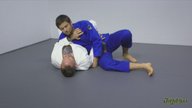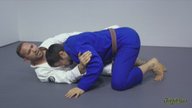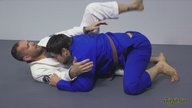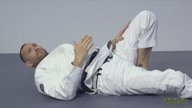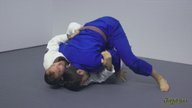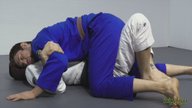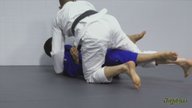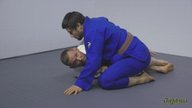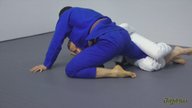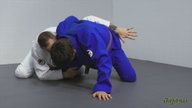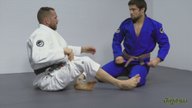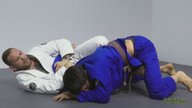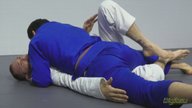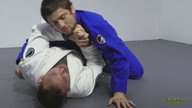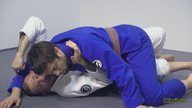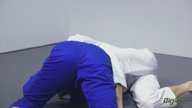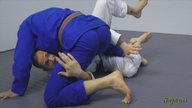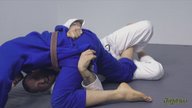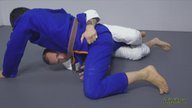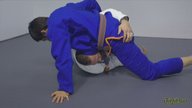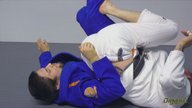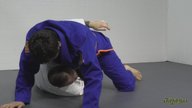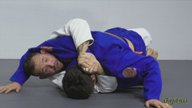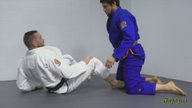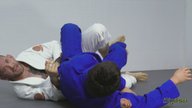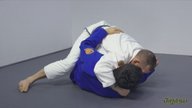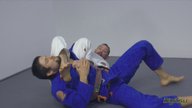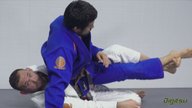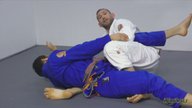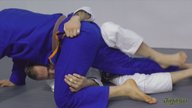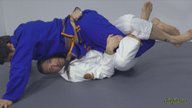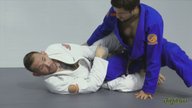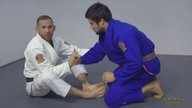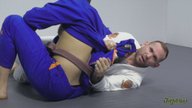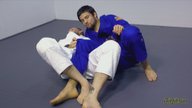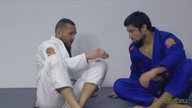Basic Structure
Part of the course: Half Guard by Paul Schreiner

Part of the course: Half Guard by Paul Schreiner
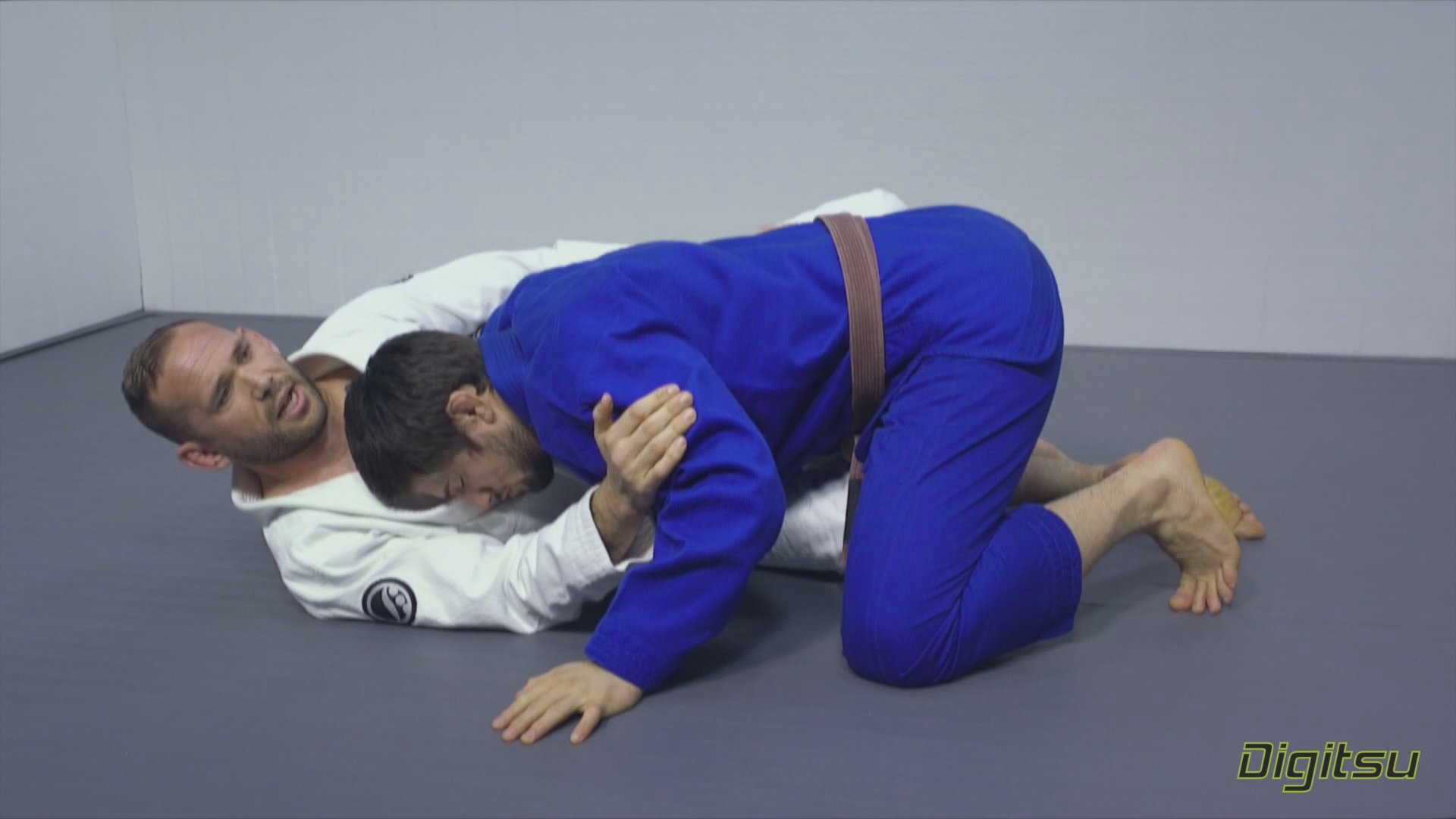
Already have access? Log in

About this video
Orienting oneself in half guard involves understanding the relationship between your position and your opponent's. When playing from a conventional half guard, where the same side leg is entangled and you're on that hip with an underhook on the corresponding side of your opponent's body, the following principles apply:
- If the opponent has the underhook, your goal is to keep their shoulders above the line of your hips. Achieve this by lying on your side, keeping your armpit closed to prevent them from advancing their shoulder line to yours.
- Manipulate your opponent's hip to keep it down using a foot on the hip, a hook, or by stepping your heels behind their knee, stapling their weight down and preventing their shoulders from moving forward.
- When you have the underhook, aim to get your shoulder to the line of your opponent's hip. This low underhook position strengthens your half guard and allows for better control.
- In certain clinching half guard scenarios, you may force your opponent into a headlock, keeping their shoulders over your shoulder line with a high clinch to deny them control.
- Always be aware of the position of your shoulder relative to your opponent's hip. If you have the underhook, your shoulder should be low towards their hip line. Conversely, if they have the underhook, work to keep them low and their weight off your upper body.
Understanding these positional concepts is crucial for maintaining control and leverage in the half guard.

